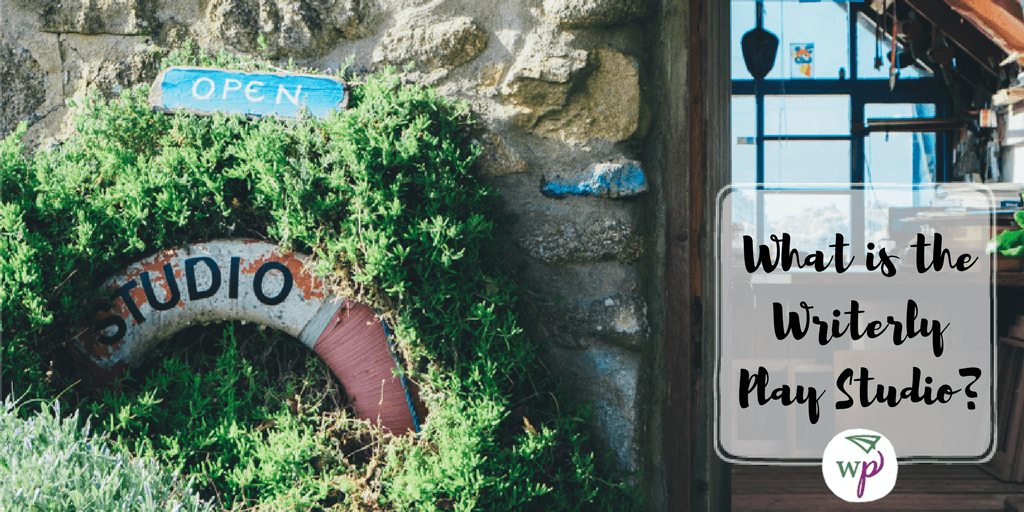We’re on to the Writerly Play Studio.
If you’re joining this series mid-stream and wondering what in the world the Writerly Play Studio is, you might find it helpful to start at the beginning.
As you recall, the Studio is another of five mental spaces in the creative landscape of Writerly Play. Notice I didn’t say “the second of five spaces.” Instead of thinking of these rooms as a sequential path, keep imagining them as rooms in a house. You can pop in and out of them whenever you like, following the needs of your creative process.
In the Writerly Play Studio, you’re invited to think expansively—brainstorming, improvising and experimenting.
Whenever you feel lost, pause and ask yourself: What kind of thinking have I been doing? Diagnose the problem. Have you been bouncing from room to room? If so, you might need to lock yourself into one room and stay put. Or, if one of your rooms has gathered cobwebs, maybe you need to visit that space and see your project with fresh perspective.
I suggested that you build a spiral slide from your Attic to your Writerly Play Studio. You’ll probably want playful entry points from other rooms, as well. What kind of doorways will invite your expansive, playful self out to play? If you need to revise or add to your entry points, make the necessary changes. Then, picture yourself zooming into the most colorful of the Writerly Play spaces.
Look around. How does your Writerly Play Studio look and feel?
Is it a black box theatre, an empty slate that you can reinvent each time you enter? A messy art studio full of paints, pastels, and clay? Maybe you have fuzzy dice, an oversized game board, a swing set, a white board, or stacks of post-its.
Your Studio should feel over-the-top fun. Here, you need to feel safe enough to say that most daring of small words, “Yes.” Yes to looking silly, to improbable ideas, to wild-hare possibilities. All ideas are welcomed here because the more ideas we welcome, the more often the elusive, rare ones will join the party. An safe, experimental, energetic environment will invite your spontaneity–your creative genius–out to play.
What if…?
Why not..?
How might I …?
The more you engage with Writerly Play Studio thinking, the more innovative your work (and life) will be.
The core skills in the Writerly Play Studio include:
-
Loosening Up
-
Improvising
-
Brainstorming
-
Thinking Visually
-
Stretching Ideas
-
Drafting
In order to play to your strengths while thinking (and playing) in these ways, what tools, strategies or supplies ought to be in your Studio? What tried-and-true strategies do you have? What kinds of tools or activities would you like to seek out?
Add to your toolkit or list from yesterday. And if you’d like to explore some additional possibilities, here’s my recent list of Writerly Play Studio tools and strategies.
We’ve visited two rooms so far. Do you have a sense for which of the two is more comfortable for you? Any new insights about your style, or your creative process?


